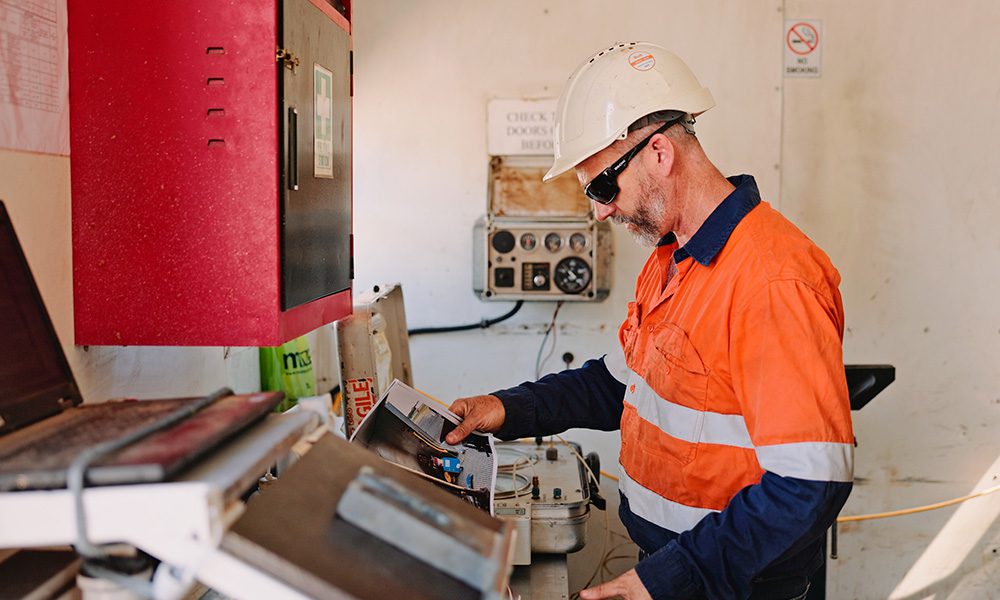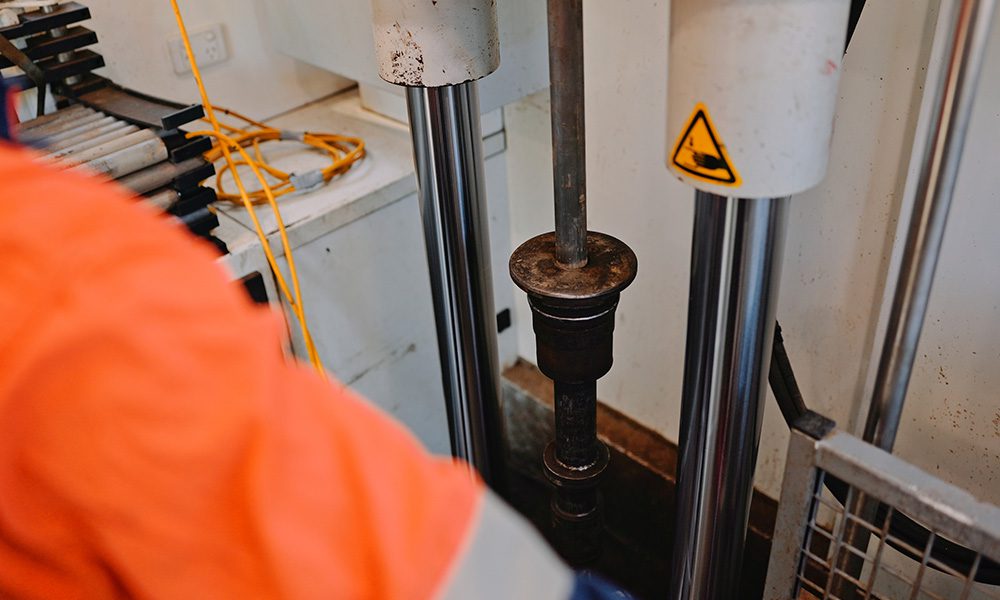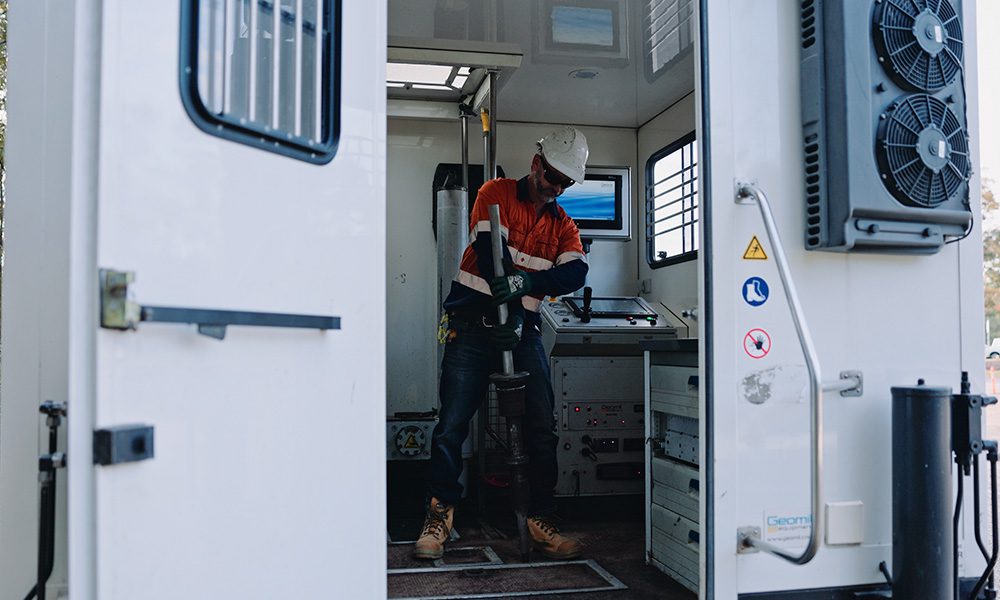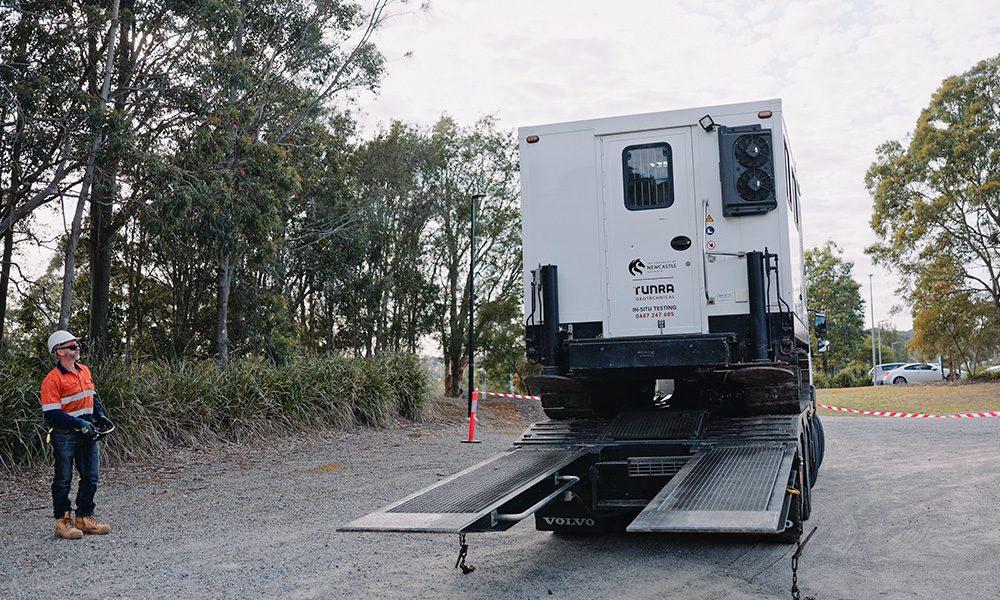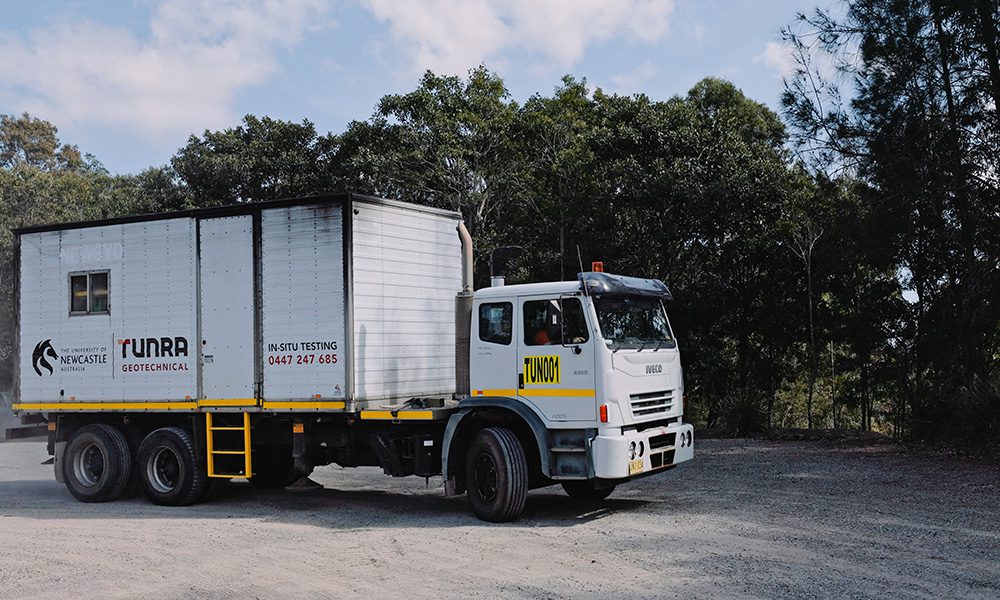Flat Plate Dilatometer Test (DMT, SDMT)
Understand subsurface characterisation with Flat Plate Dilatometer Testing by TUNRA Geotechnical
TUNRA Geotechnical’s Flat Plate Dilatometer Test (DMT) and Seismic Dilatometer Testing (SDMT) is designed to meet the needs of consultants, engineers, and industry professionals, our DMT service offers crucial insights into soil characterisation and in situ stress assessment. With our experienced team, we bring you a unique, reliable, and efficient solution to your geotechnical challenges.
DMT with TUNRA Geotechnical
Flat plate dilatometer testing provides you with the crucial data needed for in-depth soil characterisation, in situ stress assessment, and tailored geotechnical design.
Application of Plate Dilatometer Testing
- Soil stratigraphy and settlement prediction
- Stress history assessment (OCR, Ko)
- Ground Improvement qualification
- P-y curves for laterally loaded piles
- Slip surface detection and permeability in clay
- FEM input parameters
- Subgrade modulus evaluation for pavements and retaining walls
- Liquefaction potential determination
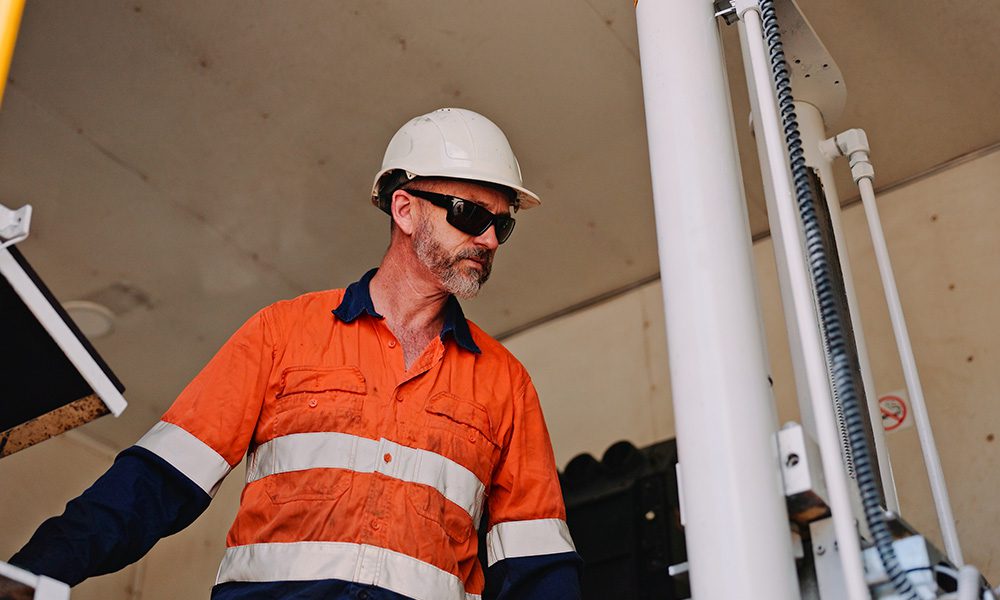
Flat Plate Dilatometer Testing (DMT)
Blade Configuration and Insertion Method
The DMT blade is designed with a cutting edge for soil penetration and is advanced using a push rig like those used for the cone penetration testing (CPT).
Gas Pressure Mechanism
The membrane expansion pressure is supplied by a nitrogen or compressed air tank connected to a control unit via a pneumatic cable. The tank is fitted with a pressure regulator capable of supplying a regulated output pressure of at least 7-8 MPa.
Control Unit Specifications
The control unit is furnished with two parallel-connected pressure gauges with different scale ranges, vent valves, and an audio-visual signal. The valves on the control unit panel control the gas flow to the blade and deflate the system as needed. The low-range gauge offers higher resolution for small pressure readings.
Testing Procedure
The standard procedure involves the following steps:
- Insertion of the blade.
- Membrane inflation and capture of A-Pressure (initial movement) and B-Pressure (1.1 mm movement).
- Optional C-Pressure reading through slow deflation.
- Advancement to the next depth increment, typically 20 cm, with repetition at each depth.
- These readings are then corrected and converted into specific values used for interpreting soil properties.
Dissipation Tests
This offers insights into the Consolidation and Permeability Coefficient.
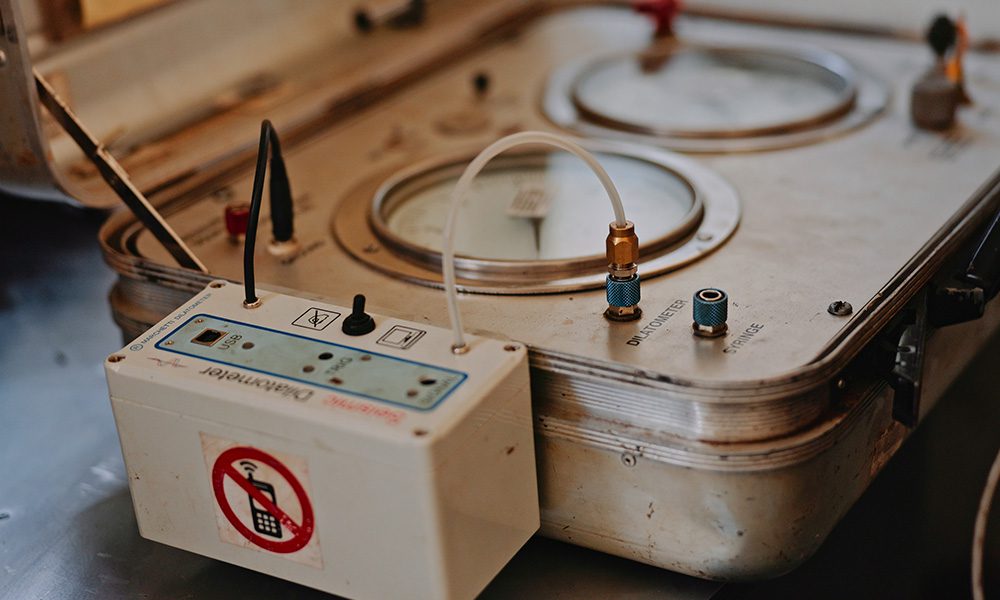
Seismic Dilatometer Testing (SDMT)
The Seismic Dilatometer (SDMT) represents an integration of the conventional flat dilatometer with a seismic module designed to measure shear wave velocity (VS).
Seismic Module Configuration
The seismic module is a tubular component situated above the DMT blade and houses two receivers placed 0.5 m apart. The receivers are tasked with detecting a shear wave generated at the surface.
Data Processing
Amplified and digitised seismograms from both receivers are transmitted to a PC at the surface. The delay between the two signals is automatically calculated using the Cross Correlation algorithm.
Calculation of Shear Wave Velocity (VS)
VS is obtained as the ratio between the difference in distance between the source and the two receivers (S2 – S1) and the delay ΔT from the first to the second receiver.
True-Interval Test Configuration
The use of two receivers eliminates potential inaccuracies related to the “zero time” at the hammer impact, sometimes present in one-receiver configurations.
Repeatability
The SDMT provides highly repeatable VS measurements (observed VS repeatability around 1%).
Real-Time Calculation and Cost Efficiency
VS values are automatically calculated and displayed in real time, offering a more time-efficient and cost-effective alternative to methods like Downhole or Crosshole.
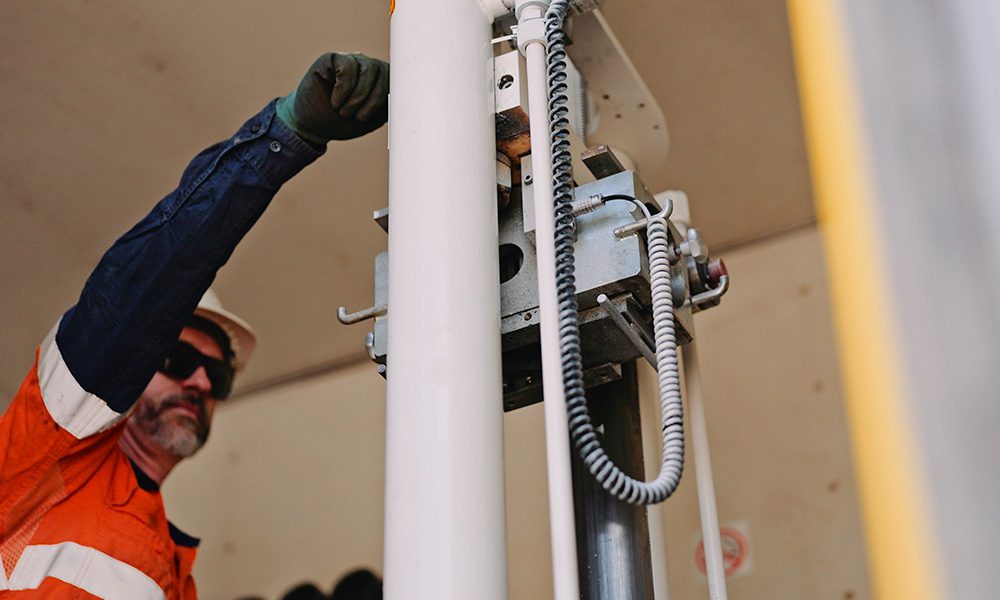
Locally Focussed DMT Near You
TUNRA Geotechnical provides timely and professional services across NSW.
